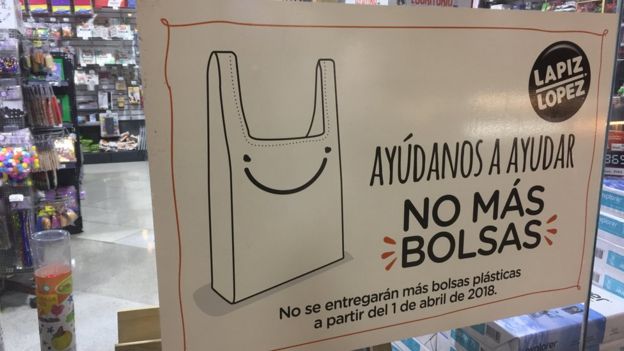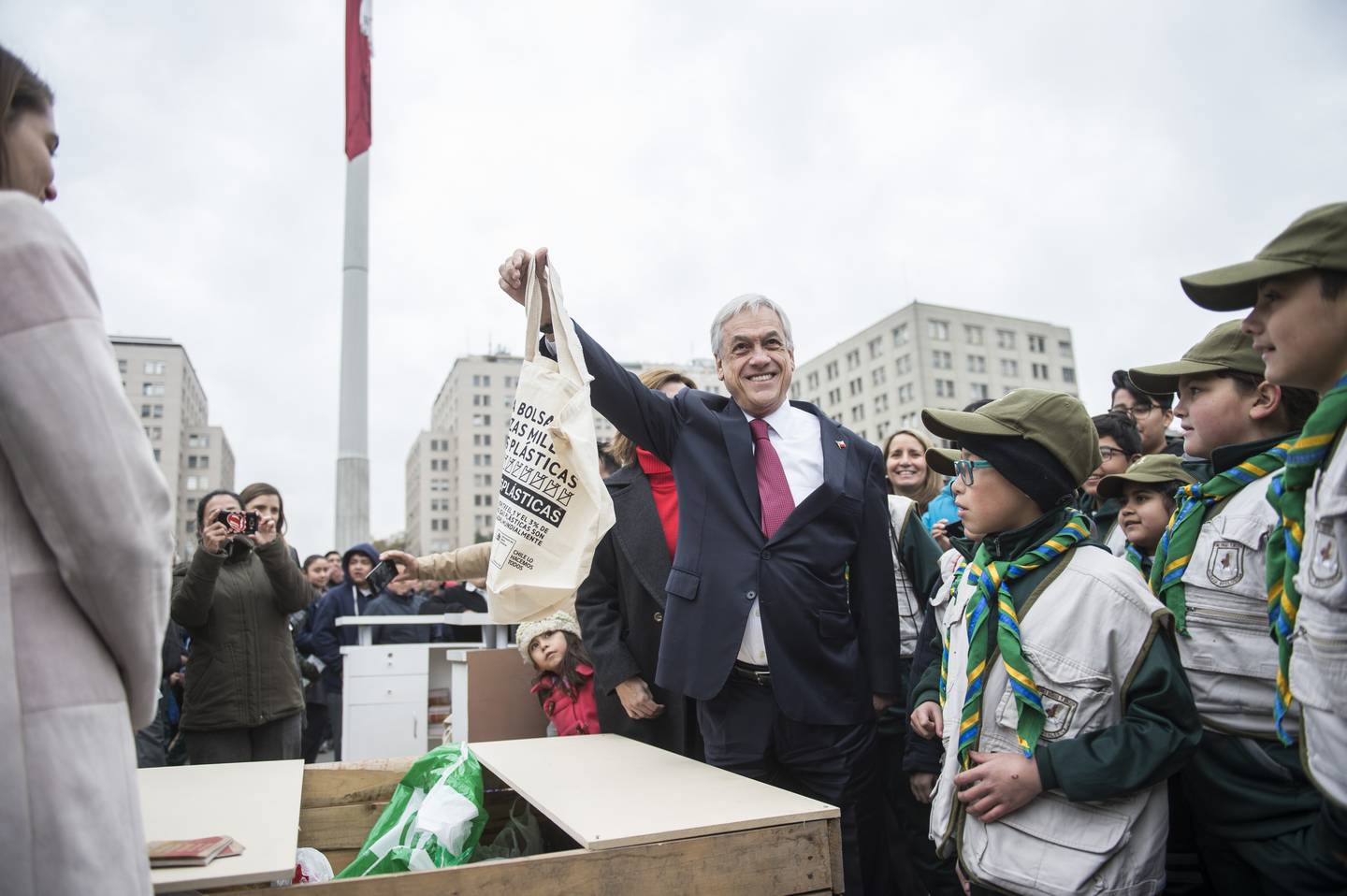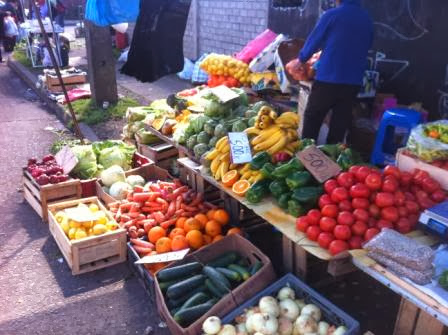*Note the update below as of 4/22/2018 with a new video from VisualPolitik
Presidential elections are held every 4 years and a person can serve more than once but not consecutively. Bachelet, a pediatrician, served from 2006-2010 as a socialist. Then Pinera served from 2011- 2014.Incidentally, during Pinera's term Bachelet served as the first executive director of the newly created United Nations Entity for Gender Equality and the Empowerment of Women. Bachelet again served from 2014-2108 as president of Chile. November 2017 were the last elections. Like the US, it is just a bouncing back and forth between conservative and liberal and now Pinera is in office as of March 2018. He is a conservative capitalist business man. Watch the video link below and then I will make a few comments. Note also that this video was produced in June of 2017.
Yes, minimum wage here is abysmally low at only $700 US dollars per month which is about 325,000 Chilean pesos per month. But many jobs in the farming business also come with a house and power and water are included plus free milk and occasionally meat on a dairy farm. So there are some perks with some jobs. Despite this and the high cost of products, Chileans live well just simply. They don't own a car but the bus system is great. They live and eat simply. The quality of life is good. You would be hard pressed to find a shack with dirt floors and even the simplest most rustic looking cabins have Direct TV, indoor plumbing, and woodstove.
Being the capitalist that I am, the 2nd highest corporate tax rate in the world and the increase on taxation on companies by almost 40% during the Bachelet presidency has really hurt the Chilean economy and stifled growth.
Less investment by businesses is less growth for the economy and less tax revenue for the coffers. This hurts the government but mostly hurts the people who could be working and making a better life for themselves.
I guess I was not surprised to see the low immigration of foreign professionals. It is hard to start a business here. Before you can even open your doors for business, you have to hire an accountant who will guide you through the maze of documents you need to sign to open your business. Plus the SII, which is the Chilean IRS, I found to be even more repressive than the IRS and we had been audited before. The system is archaic. If you visit the SII office for any length of time, you will see small business owners coming in with boxes and boxes of paper receipts. Every transaction must be recorded with a bolete or factura which must be turned into the SII so you can pay the tax. The SII is trying to switch over to all electronic receipts but the new program is so archaic our Windows 10 computer wouldn't run it. The SII contacted us when we had no receipts one month wanting to know why we hadn't paid our taxes. And try opening a bank account here! You need to have at least your permanent residency. No bank accounts for tourists but even then most banks wouldn't take our money except Banco Estado but then the limitations on the account were so ridiculous you couldn't do much with it. They limit the amount of money you can put in on a monthly basis. Totally puzzling.
Another thing we found puzzling was the difficulty in importing goods. Chile would quickly sink into bankruptcy with out the exports of copper, fruits, veggies, and wine to the US and other countries but any imports have a 26% tax including those from the US. So much for free trade. These taxes stifle growth.
Here is a quote from a young Chilean
"I am Chilean and I'm 20 years old, my parents always tell me "Son, the Chile you can live in is a paradise, the Chile of our times was a constant fight for survive".
They told me about how in the 70's the people was dying of hunger, my father hardly could find a job to buy some bread, and how those who could leave Chile did it to go to some better country like Sweden or Germany. And it's a little bit hard for me to imagine all of that now, being that I grew up all my life seeing that in Chile we have as problem the overweight, the low-income people are able to donate their money to the neediest in the country, and how people from other good countries like Peru or Colombia come to my country with the hope to find even a better life.
I cannot avoid to feel proud about my country when I think about it, we used to be the worst shit of the whole Americas, but we did progressed when no one thought we could, and now we find out that the rest of the world knows about us, and they consider us one of the best countries of our region.
Perhaps we are not like our brothers of Canada, perhaps we'll never be like our brothers of the U.S.A,. But we are Chileans, we can be proud of it <3"
My comment to this is the reforms from the communist Allende (1970's) to the dictator Pinochet did a lot for the economy. Pinochet tortured and killed many of his political opponents but he did do a lot to establish a free market economy in Chile which has improved the quality of life for all Chileans.
Here is another quote
"As a Chilean I do share some of these points, but the problem is more than just what is shown in the video. The fact that power/money and politics are deeply ingrained in the chilean system, blocks any chance of reform. This marriage between power and politics affects every single party in Chile (from left to right). There's no motivation and incentive for these families to invest in long term solutions, nor they want to, all chilean businesses are focused in short to mid investment, primarily in the extraction of resources. There's no manufacture sector so we, for example, extract copper but then buy copper manufactured products from other countries. We do have several natural resources that could bring revenue if they are then transformed into manufactured products (Like Lithium, Copper, Iron, etc). There's also a big problem with class mobility and general racism among the people. The education system is archaic and quite stagnant for the modern world challenges, and the private education system is not focused in actually guaranteeing a minimum of education for their students, they only seek profits. Our pension system (same as Australia) is not working because there is no protection from the government not help from companies to ensure that their workers have decent pensions once they retire from the active workforce.
What Bachelet tried to do I think was partially correct. But she and her coalition applied the reforms badly. They were badly designed and they were more focused in gaining popularity for the next elections than actually helping the people. The right wing coalition also has not contributed anything to find a solution, and both left and right have gained the ire from the people who are tired of being abused. Both coalitions have deep ties to these families and between them, so corruption is terrible. "
As my closing notes, I would like to say that we love Chile. I don't have many criticisms of the Chilean people or life here. All is good but no place is perfect. Most governments and politicians have weaknesses and problems. I would like to see Chile grow and prosper but I think growth and prosperity bring their own problems. There is a lot of potential in Chile and hopefully for the sake of the Chilean people, Pinera can open the doors and clear out the stumbling blocks to growth and free trade.
See VisualPolitik's latest video on Chile
Can Pinera resuscitate the Chilean model?
.JPG)
.JPG)


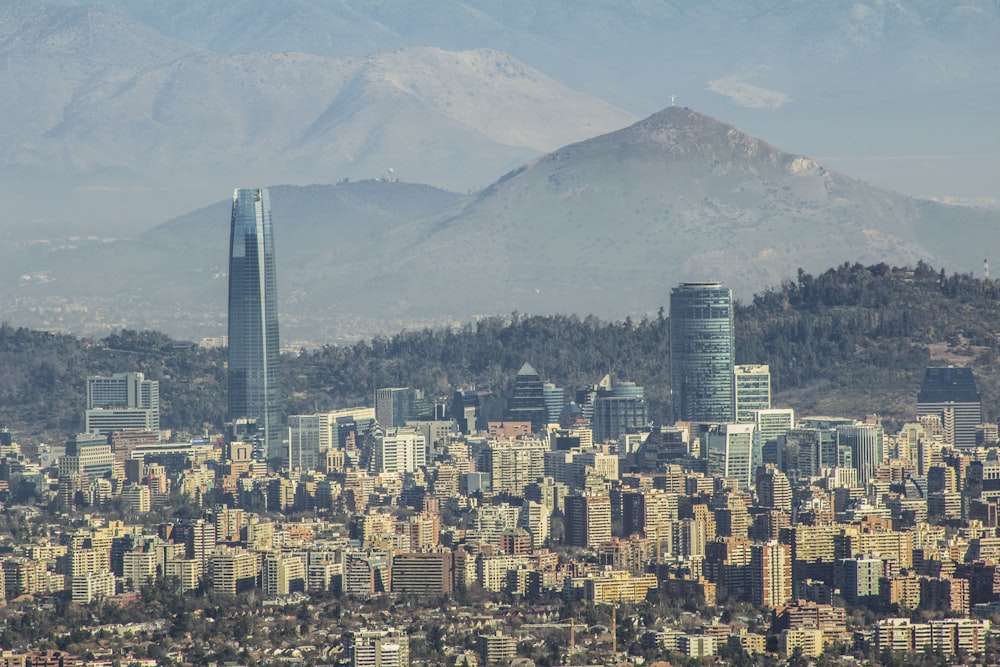
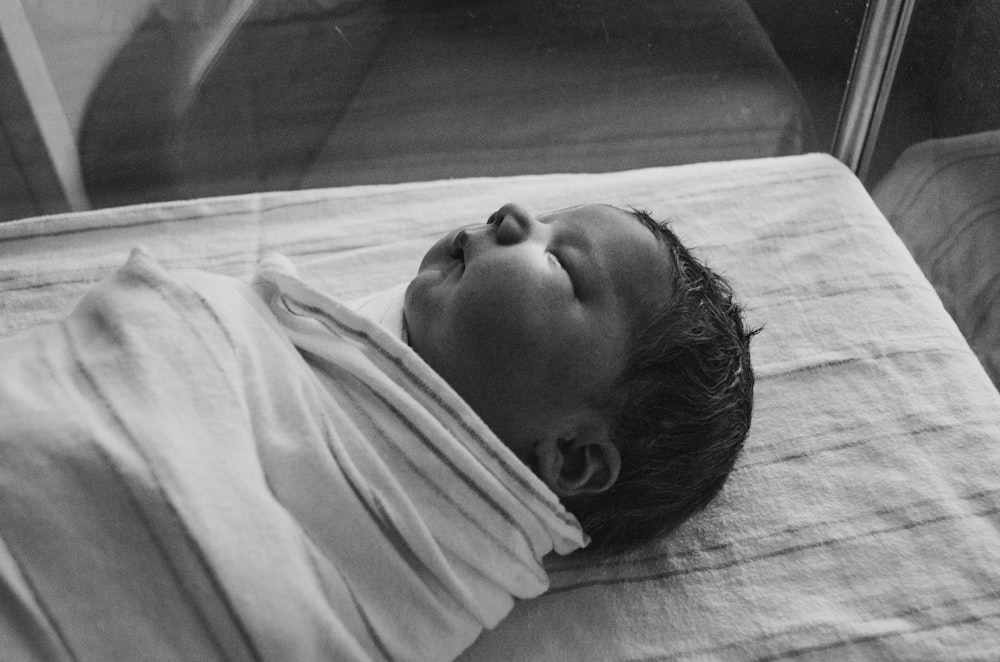




 Celebrating Fiestas Patrias
Celebrating Fiestas Patrias






